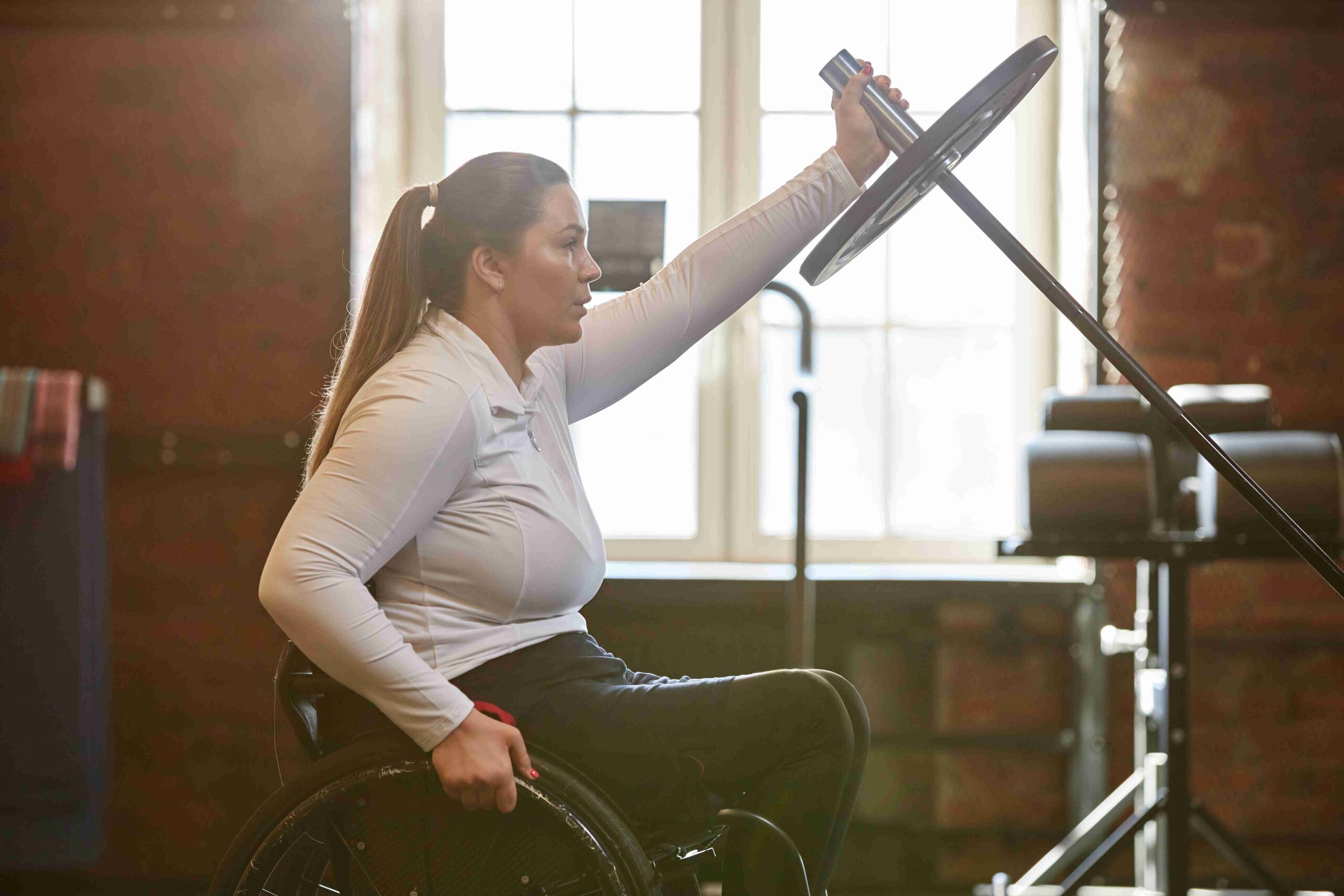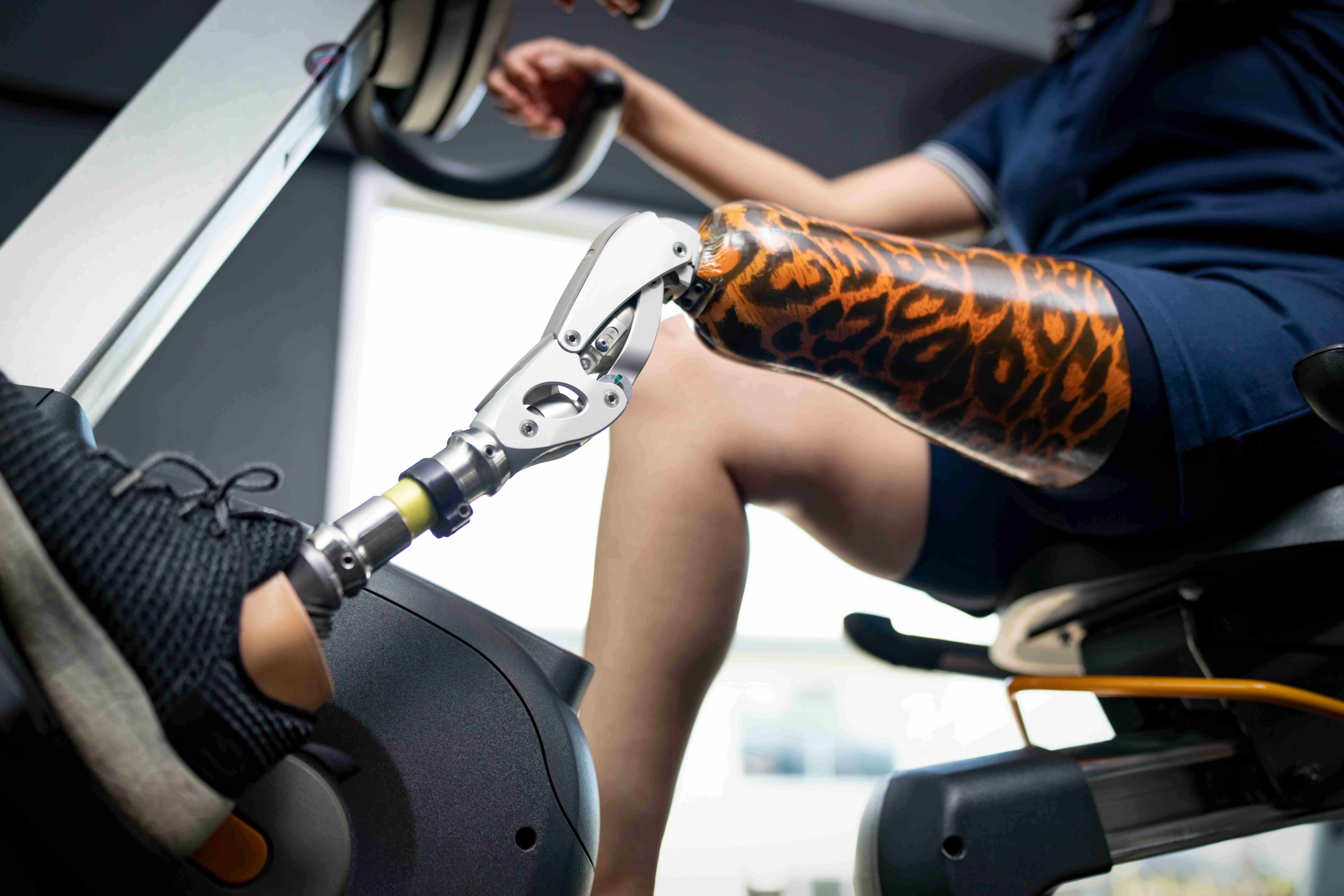Adaptive Equipment: Empowering Athletes in Adaptive Sports
Adaptive equipment plays a crucial role in leveling the playing field for athletes with disabilities, enabling them to participate, compete, and excel in a wide range of sports. From specialized wheelchairs and prosthetics to innovative training devices, adaptive equipment is at the heart of making adaptive sports accessible and dynamic.
What Is Adaptive Equipment

Adaptive equipment refers to devices, tools, and technology specifically designed to help athletes with disabilities participate in sports. By modifying traditional equipment or creating entirely new solutions, these innovations provide enhanced mobility, support, and performance. Adaptive equipment helps to unlock the potential and providing athletes with the means to push their limits.
Key Categories:
- Mobility Devices: Specialized wheelchairs, scooters, and other mobility aids that are designed for sports play. These devices are engineered to provide agility, durability, and speed, enabling athletes to navigate various terrains and competitive environments.
- Prosthetics and Orthotics: Advanced prosthetic limbs and supportive braces that allow athletes to perform with remarkable efficiency. Innovations in these areas have revolutionized sports participation by offering customized solutions that adapt to individual needs.
- Sports-Specific Gear: This includes modified equipment such as adaptive bicycles, rowing machines, and even specialized sporting chairs. These tools are designed to mimic the mechanics of traditional sports equipment while accommodating physical challenges.
- Training and Rehabilitation Tools: Equipment that aids in both the training and recovery process, including balance trainers, resistance bands, and specialized exercise machines. These tools help athletes build strength, improve coordination, and prevent injuries.
These categories highlight the diversity of adaptive equipment available today. Each type is designed to enhance performance, ensure safety, and ultimately empower athletes to achieve their highest potential in their chosen sports.
Benefits of Adaptive Equipment

The impact of adaptive equipment extends far beyond simple physical modifications. For athletes with disabilities, these tools offer several critical advantages:
- Enhanced Performance: Adaptive equipment is engineered to optimize biomechanics and energy efficiency, enabling athletes to perform at their best during competitions.
- Increased Safety: By providing proper support and stability, adaptive devices reduce the risk of injury, allowing athletes to train harder and compete more safely.
- Greater Accessibility: These innovations break down barriers, ensuring that athletes with disabilities have the same opportunities to participate in sports as their able-bodied counterparts.
- Personal Empowerment: Access to adaptive equipment boosts confidence and independence, fostering a sense of achievement and community among athletes.
By addressing both performance and safety, adaptive equipment plays a vital role in creating a more inclusive sporting environment.
Embrace the Future of Adaptive Sports
The continuous innovation in adaptive equipment is a testament to the evolving landscape of disabled sports. As technology advances, these tools are becoming even more sophisticated, further enhancing the abilities of athletes with disabilities and broadening their participation in competitive sports. Discover how these innovations are transforming lives and empowering athletes worldwide. Join us on this exciting journey into the world of adaptive sports and celebrate the spirit of determination, resilience, and excellence.

